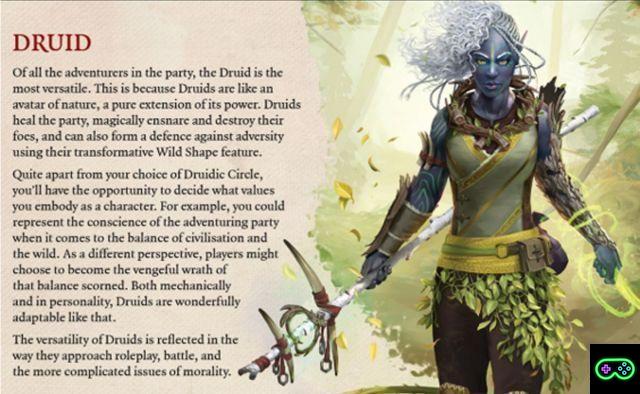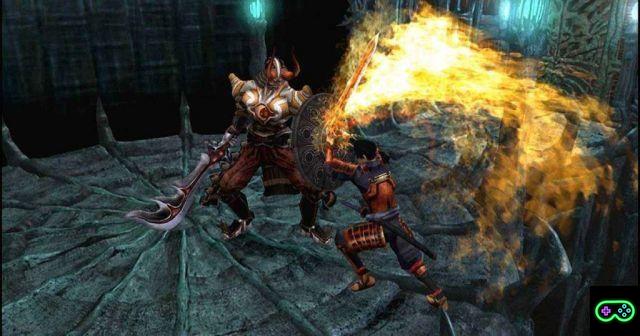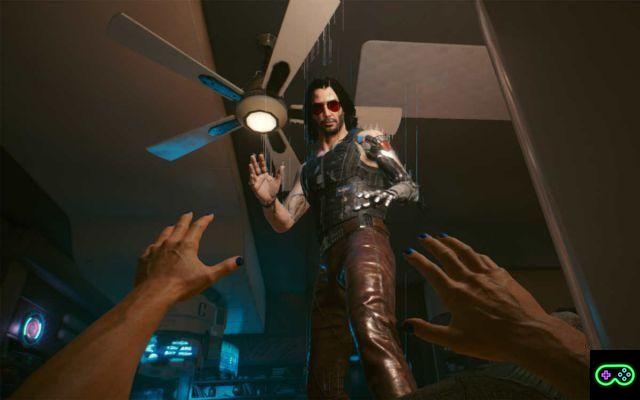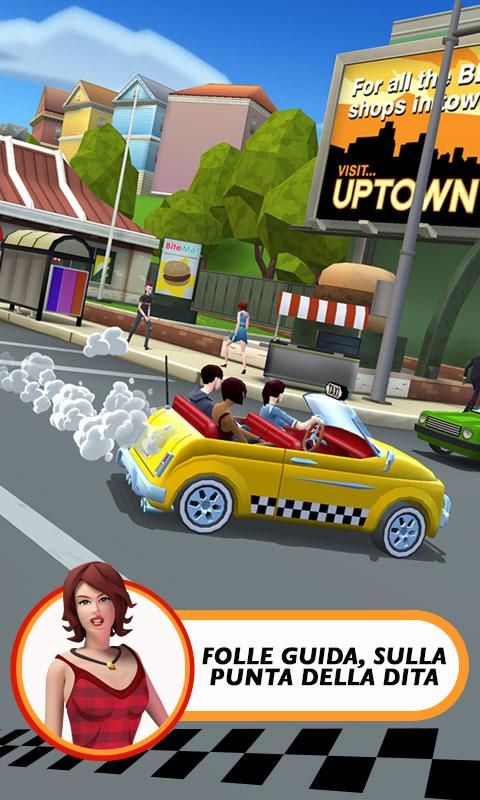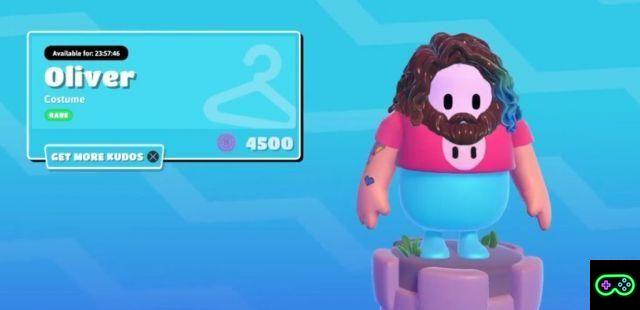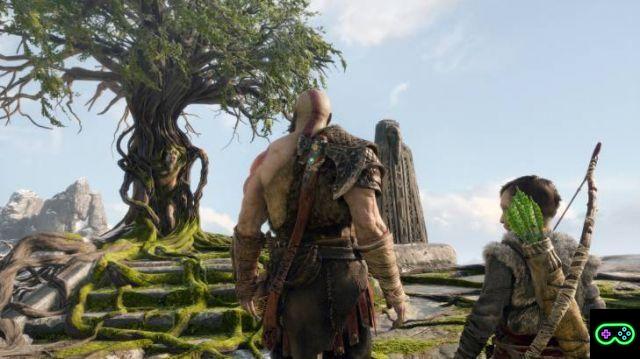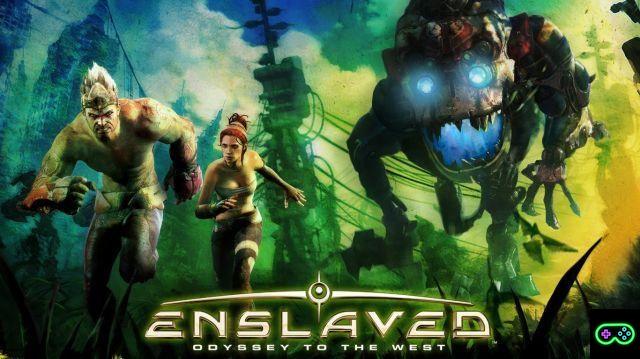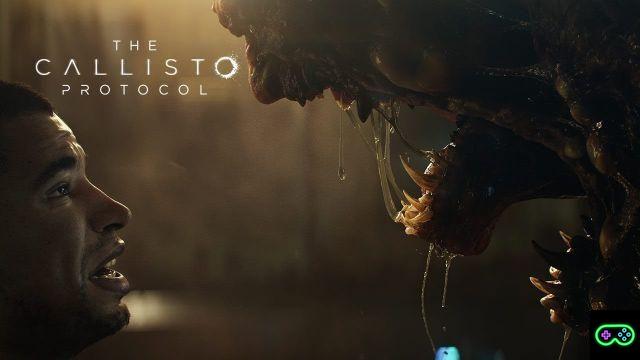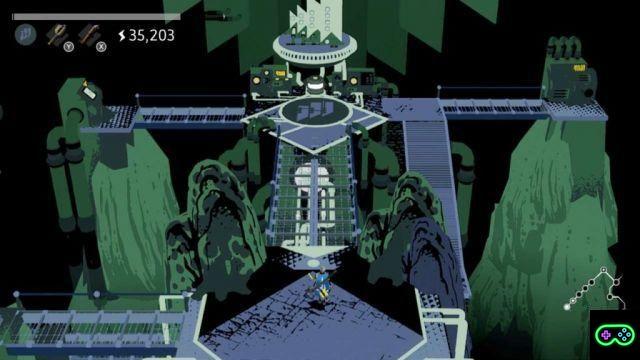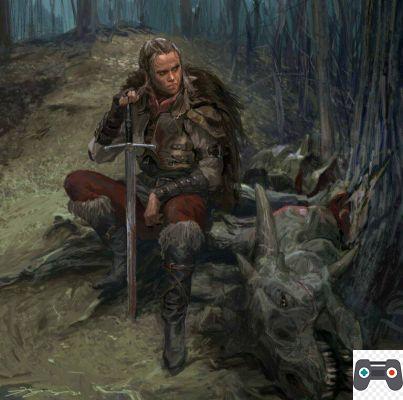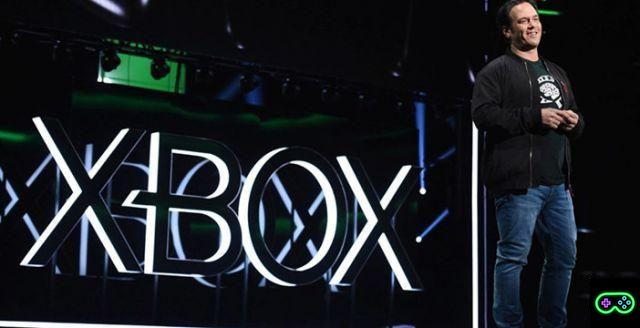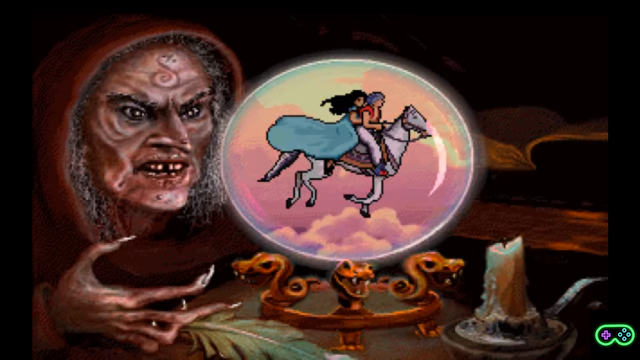Among the most visionary, crazy and exciting videogame series of the last decade there is undoubtedly that of BioShock, born from the mind of Ken levine for 2K Games and consists of three titles: BioShock (2007) BioShock 2 (2010) and BioShock Infinite (2013).
If the first two, one the direct sequel of the other, are set in the 60s a Rapture, an imaginary US underwater city, the third radically changes its background, bringing gamers to the fictional suspended city of Columbia in 1912. Of all the titles in the series, BioShock Infinite is arguably the most intricate: the effect ending can be said to be a constant in BioShock, but Infinite definitely goes beyond that definition, bringing the narrative to a level of complexity in front of which it is difficult not to be displaced.
BioShock Infinite: the plot
As already mentioned, the story of BioShock Infinite takes place in 1912 in Columbia, a (fake) US city built in the sky. This is where Booker dewitt, the protagonist of the game, is sent by the mysterious scientists Rosalind and Robert Lutece, with a recommendation: "Bring us the girl, and cancel the debt".
Columbia immediately appears as a city devoted to religion and patriotism, particularly devoted to the figure of its founder, Father Zachary Hale Comstock. There is no shortage of dissidents, identified here in the movement Vox Populi, headed by Daisy Fitzroy - accused of killing Lady Comstock. Above all, Columbia's most feared figure is the "False prophet", which the authorities quickly identified in Booker because of the letters "AD" engraved on the back of his hand.
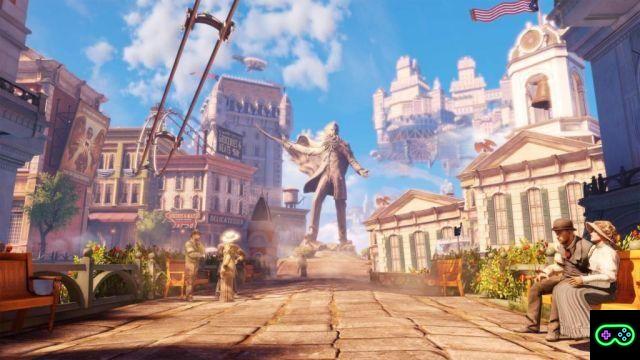
Thus keeping faith with his role as a false prophet, which locals believe will have the power to kidnap and corrupt Elizabeth, known as "the Lamb of Columbia", Booker breaks into the tower where the girl is held captive and frees her. The two try to escape from the city, but not everything goes as planned: Elizabeth, who is missing a piece of her little finger, has in fact the power to open "portals" to parallel universes, which leads the two protagonists to find themselves in an alternate reality in which Booker is sought after by the Vox Populi.
As the game progresses, Booker discovers that Elizabeth is Comstock's adopted daughter, raised by him as his successor at the helm of Columbia. Songbird, Elizabeth's huge automaton and prison guard, kidnaps her again: in saving her, Booker has one direct confrontation with Comstock, which ends with the latter's death at the hands of the former.
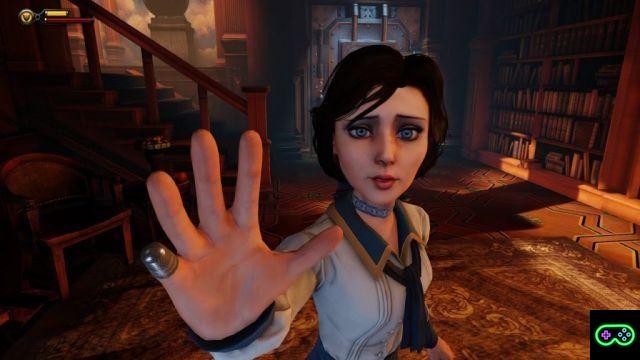
BioShock Infinite: the explanation of the ending
Songbird continues to hunt Elizabeth. To escape him, the girl's power finally manages to unleash her full potential: opens a portal that leads her and Booker to Rapture, the underwater city where the first two chapters of the series are set. Observing the lighthouse marking Rapture's position on the sea, Elizabeth explains to Booker that "There is always a lighthouse, there is always a man, there is always a city".
Booker then learns the bitter truth behind everything he has experienced up to that point. Elizabeth shows him how, on 8 October 1893, Booker agreed to hand over his daughter Anna - Anna DeWitt, CEO, the initials engraved on the man's hand - a Robert Lutece, who was acting on behalf of Comstock in asking him for the little girl to "pay off her debt." Booker's last-minute rethinking, however, caused a real one abduction of the small by Comstock who, having escaped through a portal, did not notice that part of the pinkie of Anna had been trapped on the other side, causing her to exist in two parallel realities: this is the origin of Elizabeth's power.
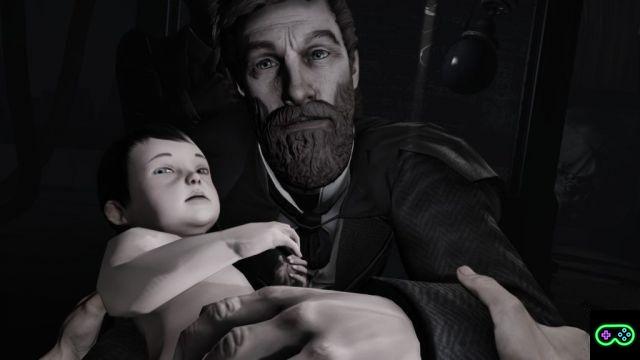
The Lutece, as it turns out, are neither twins nor brothers, but rather two versions of the same individual - one male, one female - existing in two different parallel universes. The machine that allowed Comstock to travel between realities is their invention and that is why, feeling betrayed by his way of using their creation, they decide to join Booker in his reality and send him to Columbia, for save Elizabeth from the fate of which they themselves are accomplices.
The kidnapping of the child by Comstock has in fact a very specific reason behind it: convinced that Columbia should be governed by a bloodline, but remained sterile due to the prolonged use of the Lutece machine, Comstock and the two scientists set off commitment to find an heir elsewhere. And what was easier for Comstock than kidnap his own daughter - in a parallel universe?
The final thrust comes in fact with the most absurd of the revelations of BioShock Infinite: Zachary Comstock is none other than Booker DeWitt, in a series of various parallel universes. War veteran, having fought at Wounded Knee, the Booker destined to become Comstock accepts the baptism to repent of his own violent acts, reborn as a religious fanatic and with the new identity of Zachary Comstock: although the Booker played by the player until that moment was not baptized, there are countless parallel universes in which this happened, giving birth to Columbia and the story told so far.
The one killed by Booker, therefore, was just one of the many Comstocks present in the parallel universes: to eliminate him once and for all, it is necessary that he never see the light, and therefore that Booker never accepts baptism. For this reason, in the final scene of the game, the man allows the Elizabeths of all parallel universes to drown him in the baptismal font, so as to never risk giving life to Comstock again.
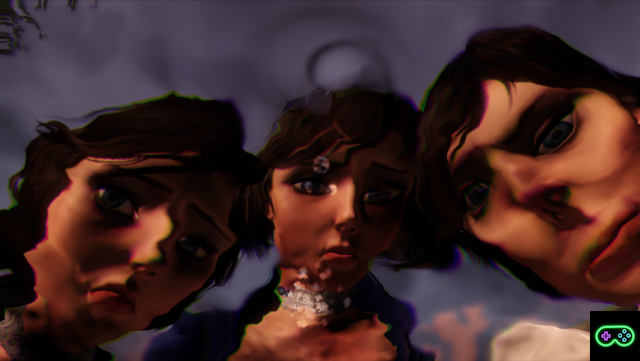
The scene after the credits: what does it mean?
As challenging as it is, Booker DeWitt's story doesn't end like this: after the credits a decidedly enigmatic scene appears. It is October 8, 1893, the day Booker agrees to hand Anna over to Robert Lutece, and Booker is in his study. We hear him calling the baby's name and opening the door to the room where her cradle is, but we don't know if Anna is there or not: if the baby were in the crib it would mean that the sacrifice of "our" Booker has brought the timelines back to normal, avoiding the birth of Comstock and leaving Anna with her father, while if she were not there it would mean that everything we have witnessed so far it was in vain.
Although this scene looks like a nonsense compared to Booker's death, actually it is not. Yes, we have seen him drown in the baptismal font to eliminate Comstock at its root, but that only means that the Booker who went to baptism is dead forever. All the other Bookers, including the one who returned from Wounded Knee and not determined to repent of his sins, survived - hopefully, at peace with his daughter Anna.
Burial at Sea and the link with BioShock
Not long after the release of BioShock Infinite, it was the turn of Burial at Sea, DLC divided into two parts that adds a lot of meat to the already complicated story of the game. The protagonists of the DLC are in fact Booker and Elizabeth again, here transported to Rapture in 1958. If Booker looks exactly like the protagonist of Infinite, the same cannot be said of an Elizabeth in the femme fatale version.
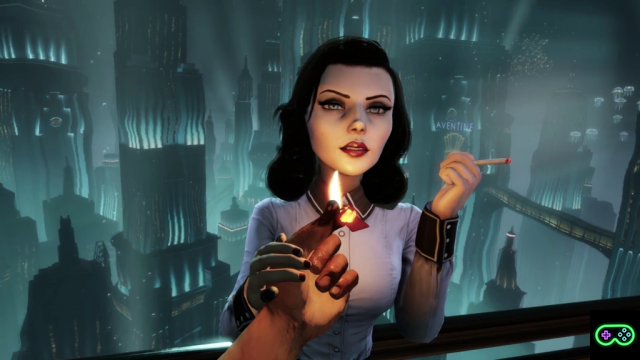
The two, who seem not to know each other - on Elizabeth's part, indeed, there seems to be a certain resentment - are linked by a working relationship: he being a private investigator, she asked him to find Sally, a little girl she is particularly fond of, who disappeared in the depths of Rapture, probably captured to become a "Little Sister".
The story quickly takes an unexpected turn (again!): The Booker of Burial at Sea is not that of Infinite, but rather another version of Comstock inexplicably escaped the purge. In this version, having cut off Elizabeth's head and not just her little finger during the kidnapping via the portal, Comstock gets remorse and is taken by the Luteces to Rapture, where he comes to his senses and goes back to being just Booker. Elizabeth, who knows of this Booker's true identity from the start, makes him kill in a rather gory way from a Big Daddy, the monstrous guardian creatures of the Little Sisters in the first BioShock.
For Elizabeth, however, it doesn't end there. After getting rid of the latest Comstock, she makes an amazing discovery that unites Rapture and Columbia directly. Dr. Yi Suchong and Jeremiah Fink, the Rapture scientist and Columbia inventor respectively, have always collaborated through the portals by sharing their discoveries: Big Daddy and Songbird are children of the same technology, as well as many other things - such as Plasmids and Vigors, both capable of granting powers of various kinds to those who use them.
The ending of this DLC ties the fates of the two cities and the two games even more. In fact captured by Atlas, the main villain of the first game that has Sally as a hostage, Elizabeth has a vision: Jack, star of BioShock, rescues all the Little Sisters, including Sally. This is the future for which she was brought to Rapture by the Lutece: aware of the fact that it will be fulfilled, having found Suchong's studies and a note with the words "Please", she dies just as Jack's plane crashes. above Rapture.
More theories and doubts about BioShock Infinite
Recognize that the parallel universes play a fundamental role in the plot of BioShock Infinite can explain most of the events, even more so if you take into account the fact that Comstock and Lutece can come and go from various parallel dimensions as they please. However, the game, its ending and the Burial at Sea DLC also lend themselves to doubts and theories, since not everything is spelled out in the game and Ken Levine, creator of the series, has never completely clarified some points.
The first stumbling block in fully understanding the game is that Booker doesn't seem to remember losing a daughter or meeting the Lutece and Comstocks before arriving in Columbia. The most accredited hypothesis, in this case, is that the transport from one parallel reality to another has erased Booker's memories: to corroborate it there is a quote by Robert (or Rosalind?) Lutece appearing at the beginning of the game, explaining how "The subject's mind will try desperately to create memories where there are none." The Booker played by the player, therefore, will replace his memory of Anna with that of Elizabeth, feeling the need to save her as if she were (!) Her daughter.
It is also not clear how does Comstock know that Booker, in remorse over selling his daughter, engraved his initials on his hand. The theories are many: Comstock, through the Lutece machine, may have observed Booker in his reality discovering the brand, thus creating the figure of the false prophet to prevent his arrival in Columbia. Then there are those who argue that what we are witnessing is not Elizabeth's first rescue attempt from Booker: some dialogues with the Lutecees suggest that it is not the first time they have asked Booker the same questions to receive the same answers. In this scenario, then, Comstock would be aware of AD having already met Booker in the reality of him.
Finally, there is the question of Burial at Sea. If Booker's drowning in the ending of BioShock Infinite was meant to collapse every reality connected to Columbia, in which Comstock and Elizabeth were therefore present, how are they still alive? As for Comstock, the only possible explanation is that his escape from Columbia to Rapture occurred before his reality collapsed, thus giving him a way to survive his own world.
On Elizabeth, however, the speech is more complicated: it is not clear if that of Burial at Sea is the Elizabeth of BioShock Infinite, but, if it were, it escaped like Comstock the destruction of its own reality. It is no coincidence, someone observes, that in the final scene of BioShock Infinite, when the Elizabeth drowning Booker slowly disappear along with their universes, the Elizabeth who accompanied us until that moment without her little finger. does not appear to be present. Like the Luteces, after the events of Infinite Elizabeth could transcend space-time limits, which would allow her to exist even though she shouldn't, that is, even if Comstock, her kidnapper, never existed.
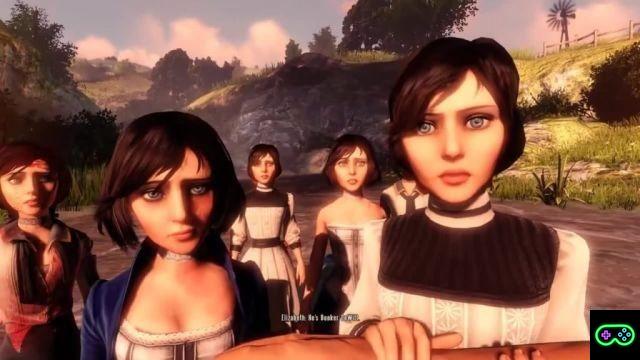
BioShock Infinite is therefore an immensely complicated and absurd game, but this is precisely the reason why, so many years after its release, we still talk about it with enthusiasm: the feeling of wonder given by the finale and the desire to know more about the protagonists are the ingredients that keep the legacy of this game alive, and will probably do so for quite a while longer.




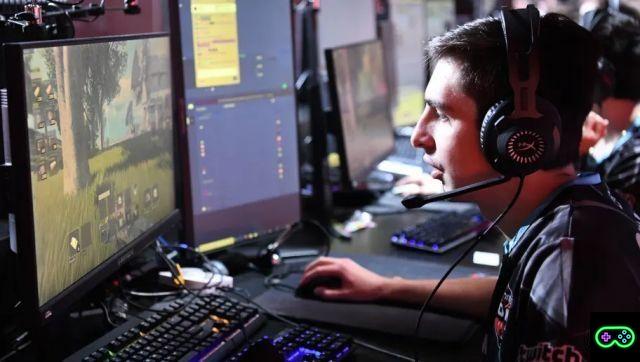
![[The Bear's Lair] God of War: Betrayal and Greek mythology](/images/posts/17432d3b12ecfec44b0b855d20c7520f-0.jpg)



